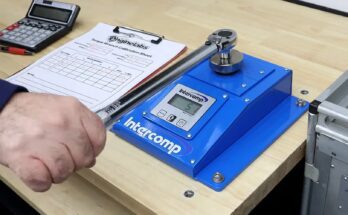Just over one week before Election Day, over 60 million Americans have already cast early votes. That dwarfs 2016’s entire early voting total of 47.2 million, and the number is going to keep growing significantly this week.
“This is good news!” wrote Michael McDonald, the University of Florida professor who heads up the US Election Project, which tracks early voting nationally. “There were many concerns about election officials’ ability to conduct an election during a pandemic. Not only are people voting, but they are voting over a longer period of time, thereby spreading out the workload of election officials.”
At a time when there is so much fear, uncertainty, and doubt about American elections (and lots of it unwarranted), it’s important to spotlight that “frankly, it’s going well,” as Benjamin Hovland, chairman of the Electoral Assistance Commission, told me last week.
“We see an opportunity for political actors both domestic and foreign to opportunistically select projections, data, or cases they can use to amplify confusion, to sow doubt.”
Kate Starbird, Election Integrity Partnership
But what about the day itself? What should you be prepared for over the hours, days and weeks after November 3?
“We’re expecting a mess,” says Kate Starbird, a crisis informatics researcher at the University of Washington and one of the lead researchers at the Election Integrity Partnership.
“My plan for Election Day is to start the day very early with a lot of coffee,” says Eddie Perez, an election expert at the Open Source Election Technology Institute, “and to be prepared to not go to sleep for 24 hours or much more.”
What will happen
November 3 may begin with long lines, and it will probably end with unusual amounts of uncertainty.
On Monday, Starbird published a report zeroing in on the exact sort of “uncertainty and misinformation” experts expect on Election Day, that evening, and going forward.
They are ready for social media to be filled with photos and videos of long lines, confusing ballots, or malfunctioning voting machines–the sorts of problems that occur every time America votes. But this time around, these pieces of information will likely be used to push specific slanted narratives at a moment when voter are waiting for conclusive election results to arrive, an information vacuum that leaves the country particularly vulnerable.
What we’ll know
Perhaps the most consequential moment of the day will happen between 7 and 9 p.m. Eastern Time, shortly after many East Coast polls close and some states start to report information on millions of mail-in and early votes, not to mention the standard Election Day ballots. That will begin to tell the story of the election.
To start with, the exact mechanics of counting varies by state. As polls close, the memory cards and USB sticks coming from both the computers that count mail-in votes and the equipment that handled early in-person voting will need just minutes to tabulate weeks’ worth of early votes. Many election officials will be double-checking results reports before publicly releasing numbers, to make sure that the numbers add up and to avoid confusion. Otherwise they could contribute to chaos at a particularly high-stakes moment.


